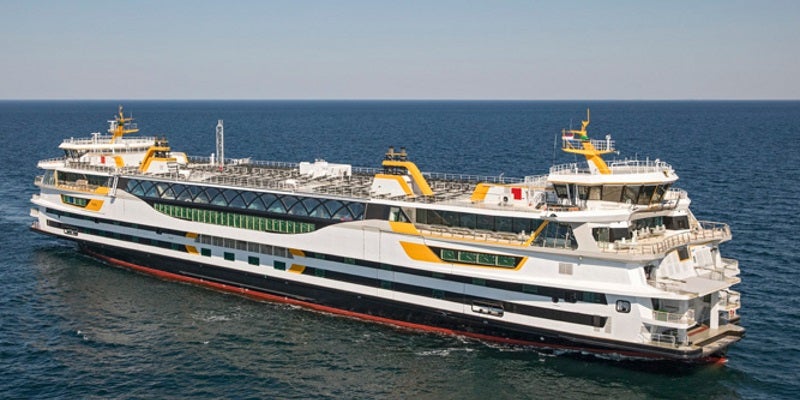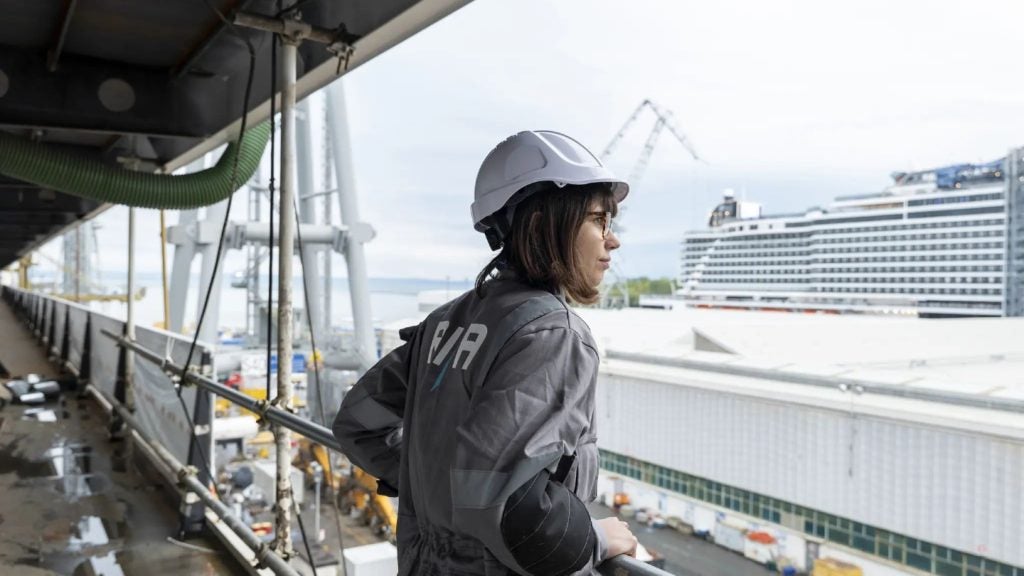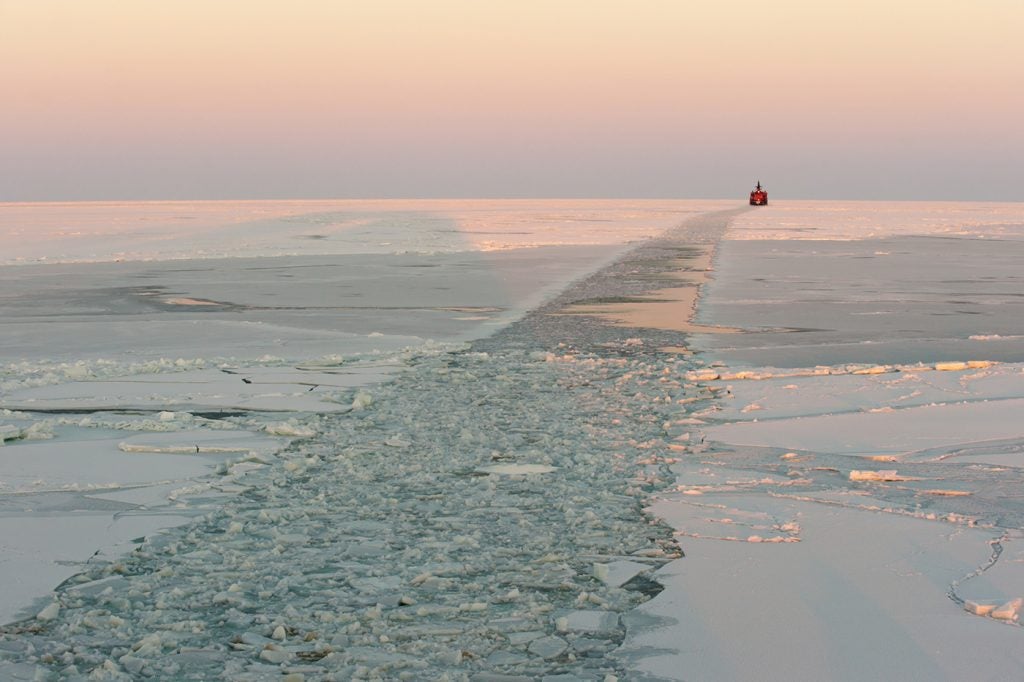
Texelstroom is a sustainable, new-generation ferry built at LaNaval Shipyard, Spain, for its operator and owner Texels Eigen Stoomboot Onderneming (TESO). The ferry will operate between the islands of Texel and Den Helder, Netherlands.
The eco-friendly vessel is fuelled primarily by a hybrid diesel oil or compressed natural gas (CNG), complemented by electric batteries and solar power. It is also capable of operating solely on diesel.
The ferry project was conceptualised in 2010, the design works were initiated in October 2012, the vessel’s keel was laid in December 2014, and delivered occurred in June 2016. The ferry will start operations following the completion of commissioning.
The design phase of the ferry project formed part of the larger European Union’s I. Transfer Program, which aims to make ferry transport more accessible and sustainable.
The hybrid diesel electric-fuelled vessel is classed by Lloyd’s Register.
Texelstroom Ferry design details
The ferry is 135m-long and 28m-wide, and has the capacity to carry 1,750 passengers and 350 vehicles.
It incorporates a 4,000m² main hall on the passenger deck, buffet areas, weather decks, service areas, two bridges, offices, a dining area, and other crew areas.
The most prominent area within the ferry is the crèche area, whose design is inspired by a sandy beach. The area features backlit decorative panels and a large artificial tree in one of the galleries.
Engines and propulsion machinery for TESO’s new ferry
The double-ended ferry is equipped with two independent engine rooms. One engine room is fitted with Anglo Belgian Corporation’s (ABC) two ABC 12DZC diesel engines, whereas the other engine room is equipped with two ABC 12DZD dual-fuel (diesel-electric (CNG) engines. All the four engines have a rated capacity of 2,000kW.
The vessel is propelled by two Rolls Royce azimuth propellers each fitted at the two ends. It is capable of sailing at an average working speed of 10k and a maximum speed of 15k.
Fuel supply for the Dutch hybrid ferry
The CNG fuel for the vessel is supplied by PitPoint and conveyed to the bunkering station at the island of Texel via a 7km-long pipeline. The fuel is then stored in two containers installed on the vessel’s top deck.
Sustainability and safety features
Texelstroom is equipped with a heat recovery system, which recovers the heat from the engines’ cooling liquid to boil a 90m³ water tank to approximately 85°C. The recovered heat is then used to heat the vessel while at dock.
The vessel is also equipped with 700m² of photovoltaic (PV) solar panels on the rooftop, with an installed capacity of approximately 150kWh, which is used to charge the electric batteries.
Other sustainable design features include the use of an optimised hull design to reduce water resistance and optimised ventilation system on the car decks, while smaller chimneys have been chosen and the wheel houses are arranged to be located in a lower position to improve the vessel’s stability and wind sensitivity.
The saloon-deck onboard the vessel is equipped with two fire curtains measuring 2.5m-high and 8m-long. The vessel is equipped with foam fire-fighting systems and fibre-optic-based fire-detection systems.
Contractors involved
The initial concept and basic design of the vessel was provided by C-Job, whereas the interior and exterior design was performed by Vripack, who further subcontracted Oliver Design to perform the fitting out works.
The solar panels for the vessel were supplied and installed by Alusin Solar in collaboration with Bikote Solar.
The foam fire-fighting systems and fibre-optic-based fire-detection systems for the ferry’s car decks were supplied by InnoVfoam, and the sliding doors for the public areas were supplied by Aluflam Marine.
Bolidt supplied its proprietary flooring and decking components for the vessel. Natural gas supplier PinPoint was also involved in the engineering, procurement and construction (EPC) works for the bunker station at the island.










